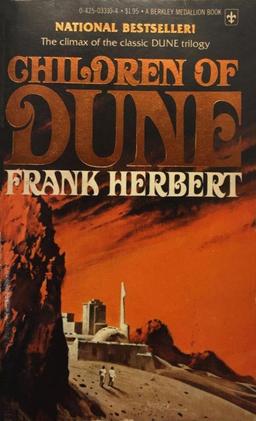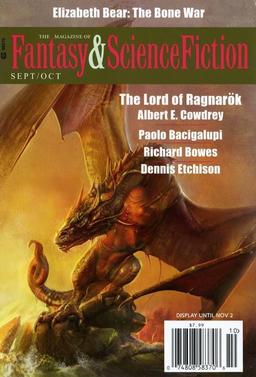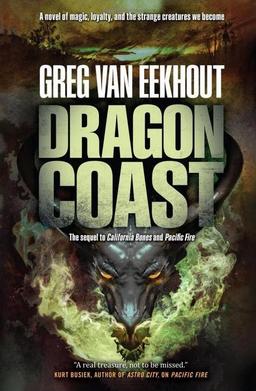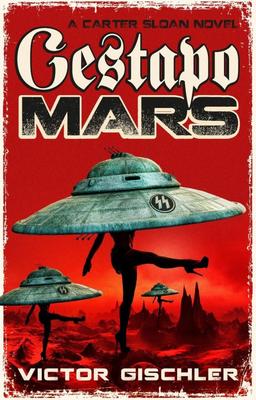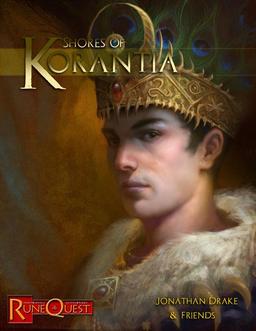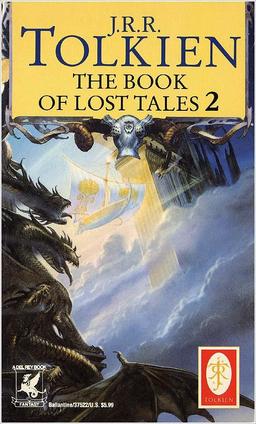A Deal You Can Refuse, But Shouldn’t

There were seven hundred and seven stairs leading to John O’Neill’s desk within the Black Gate publishing complex, twelve more than last time, and I was exhausted when I reached the top. There, I waited, watching with trepidation as he finished reading a sheaf of papers, each heavily marked with the red pencil in his white-knuckled fist. His youth of back-alley boxing had left his hands suited to little more than holding an editor’s pencil, and this he wielded furiously, gold rings glinting in the dim light. From behind his massive chair the bodyguard, Tolstoy, glowered silently. Finally, the publishing magnate looked up at me and scowled.
“Starr,” he muttered, running a finger down a printed agenda on his desk. “Something about a blog post.”
“Yes, sir,” I stammered, holding out the two flimsy pages in my hand. Sweat had made the paper soft and slightly rumpled, and he considered them with distaste before taking them. His eyes flicked down the length of the copy before he tossed them down on his desk.
“Rubbish,” he declared.
